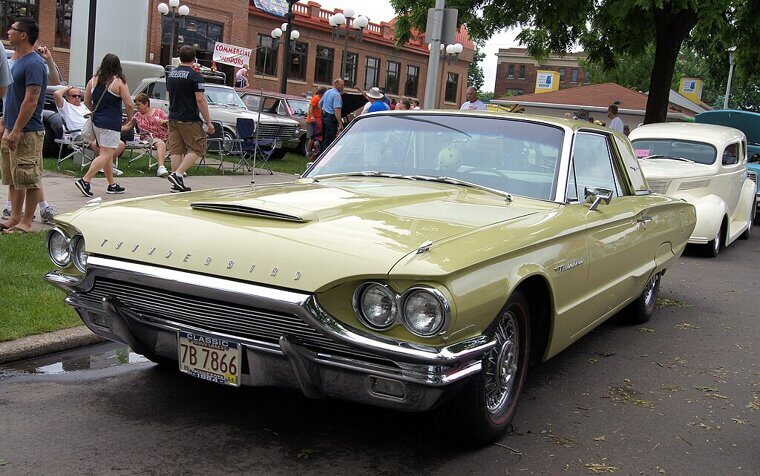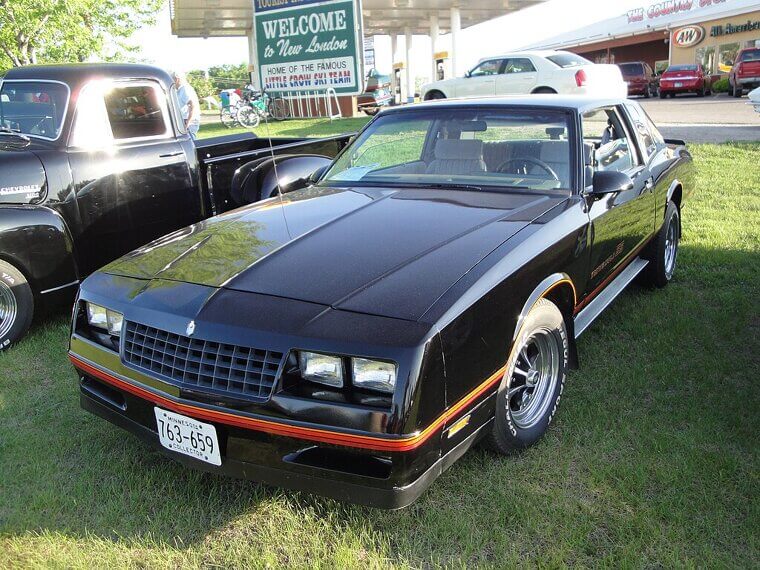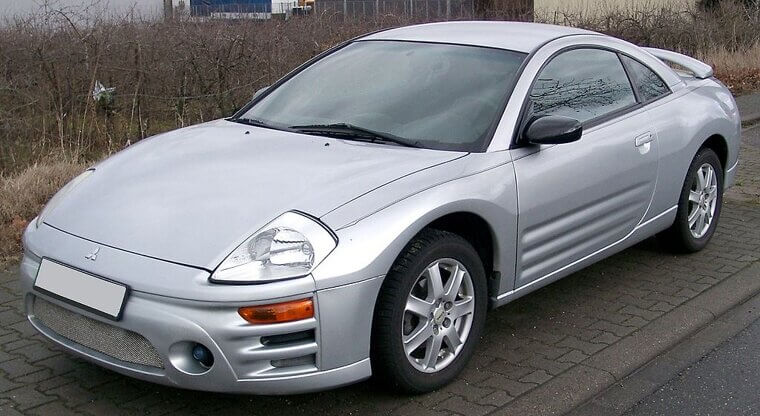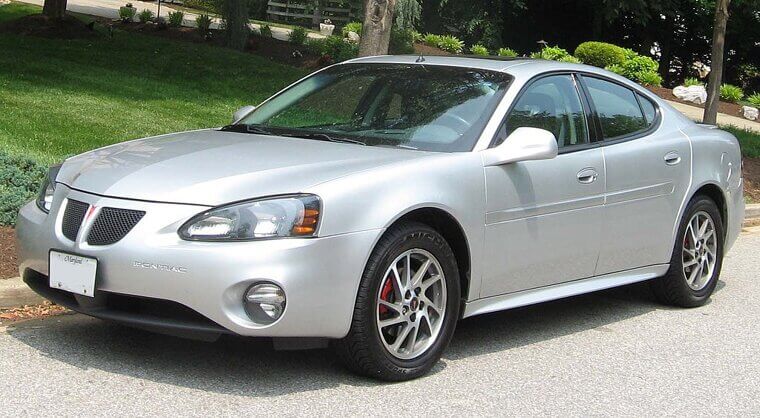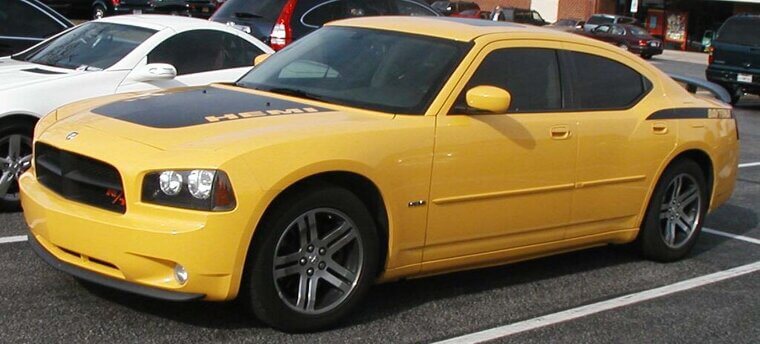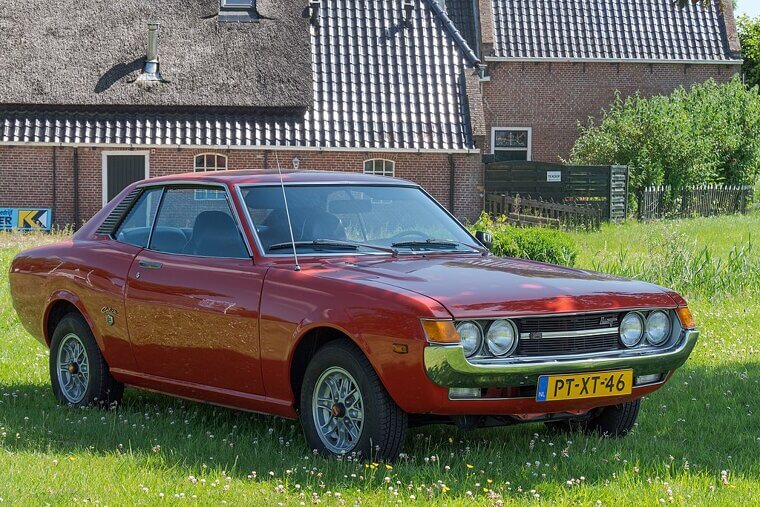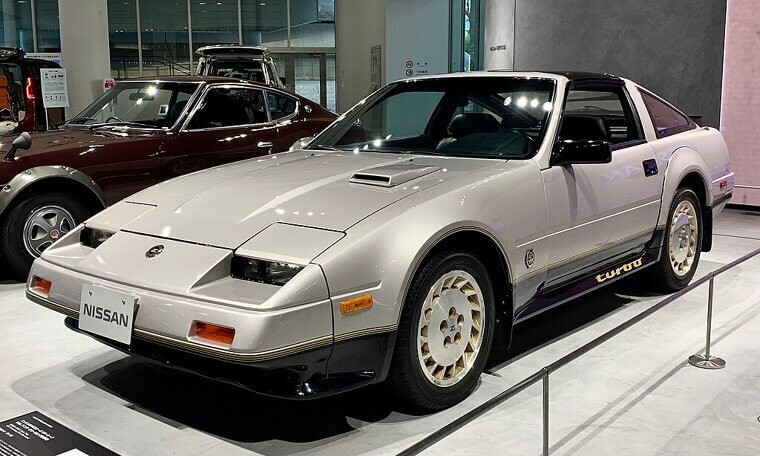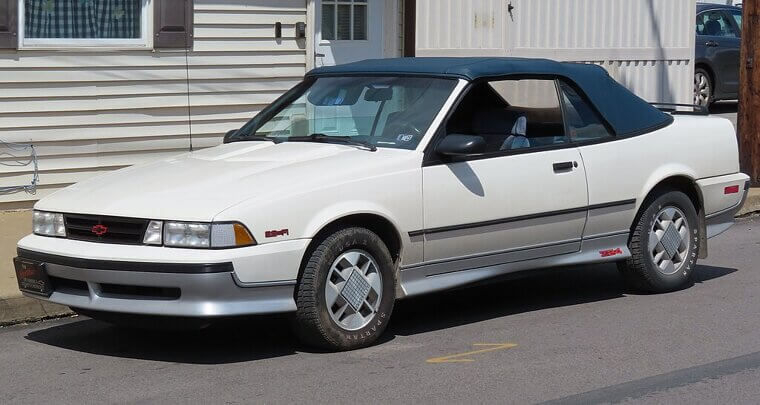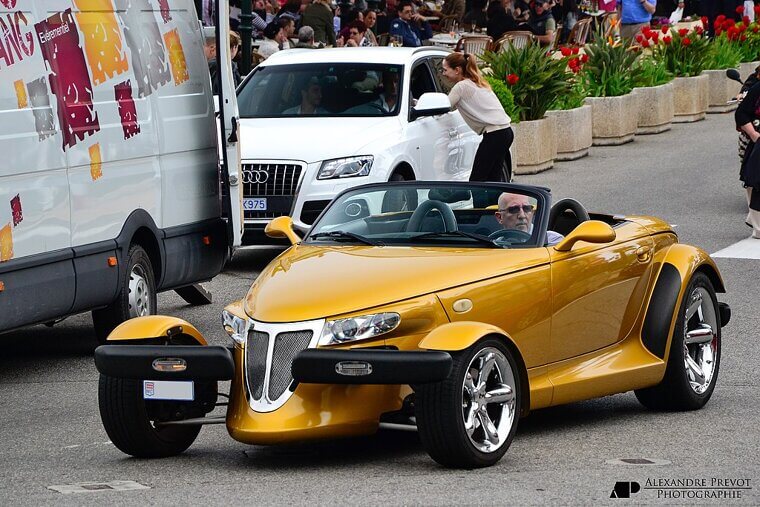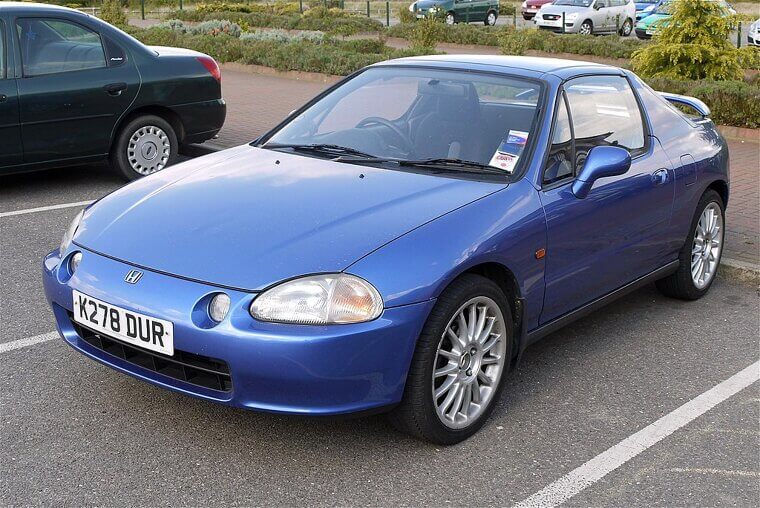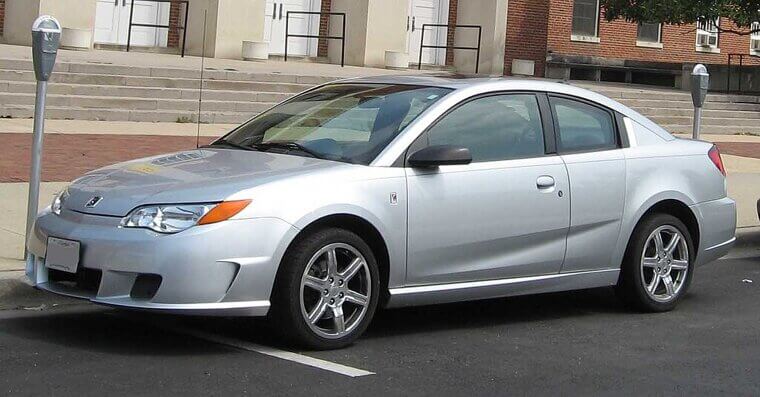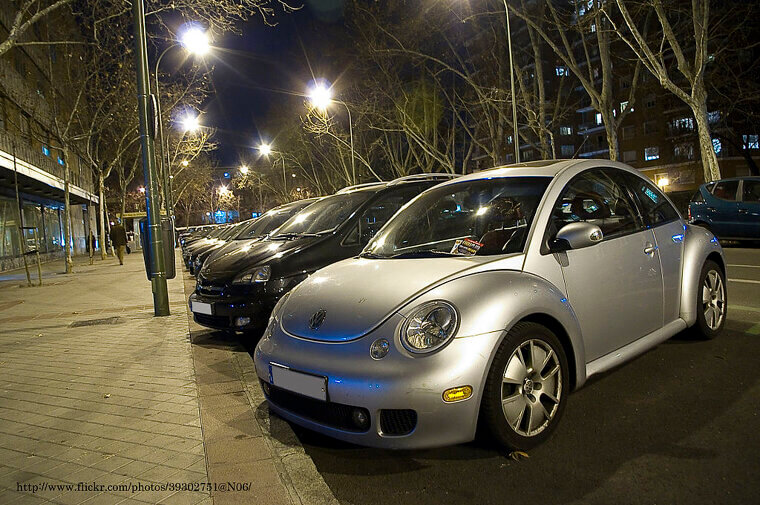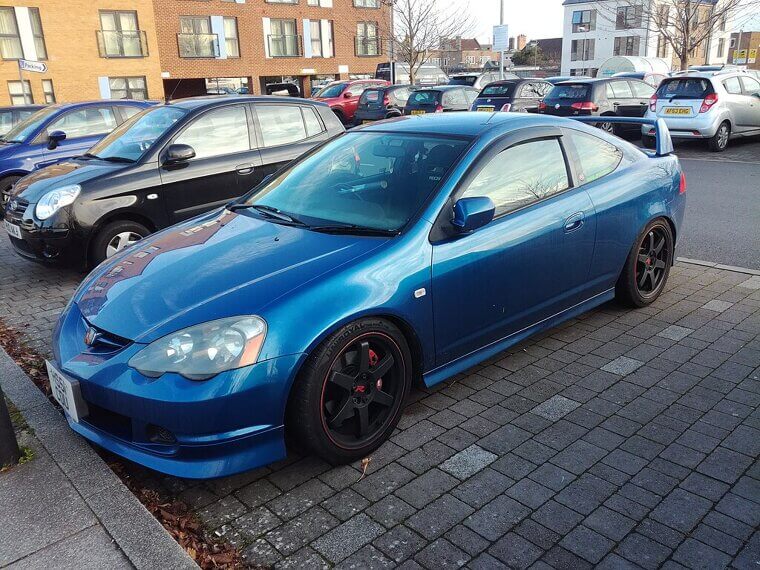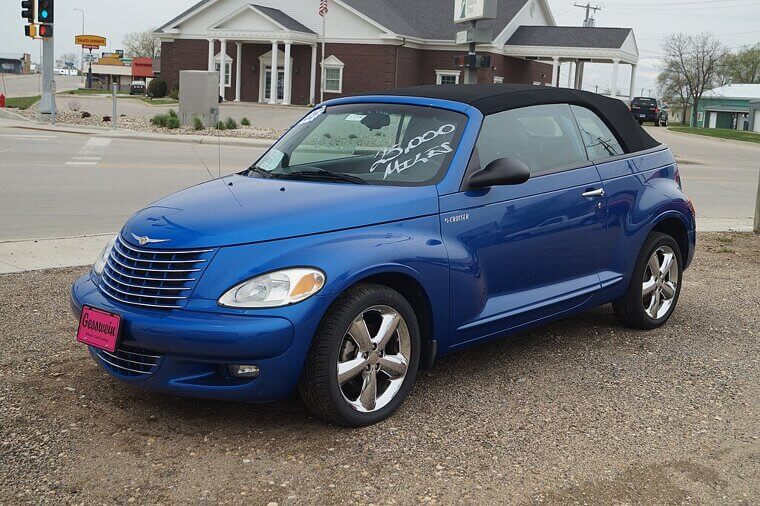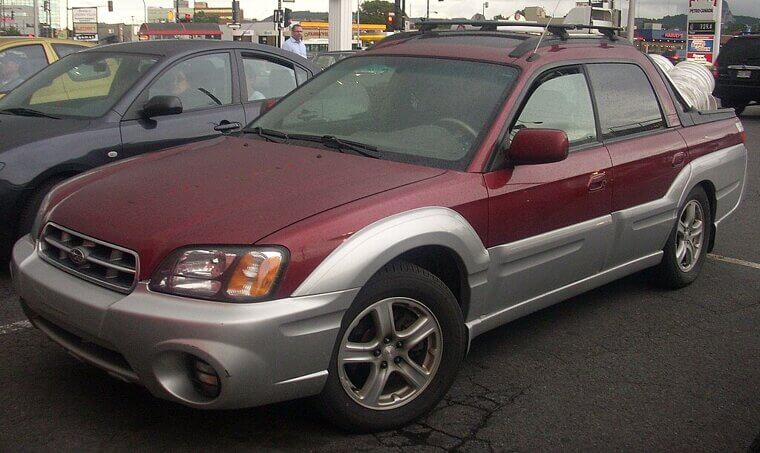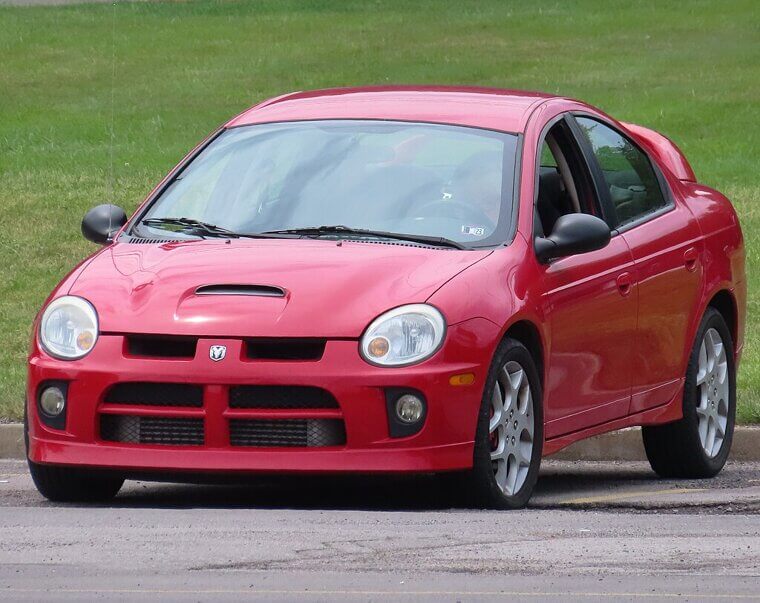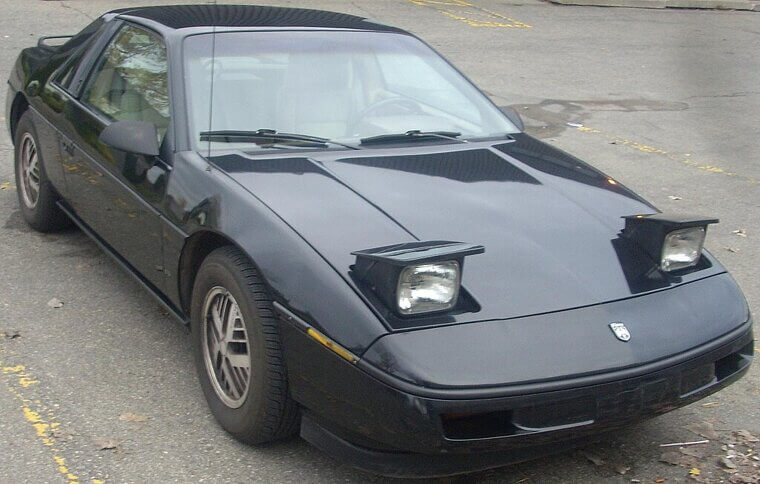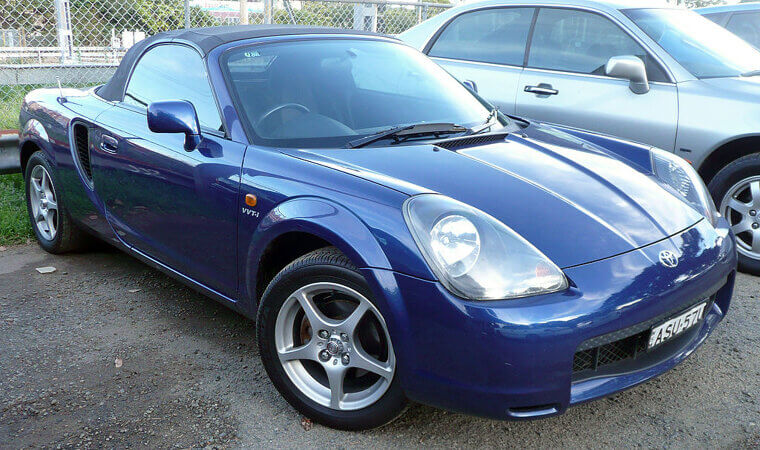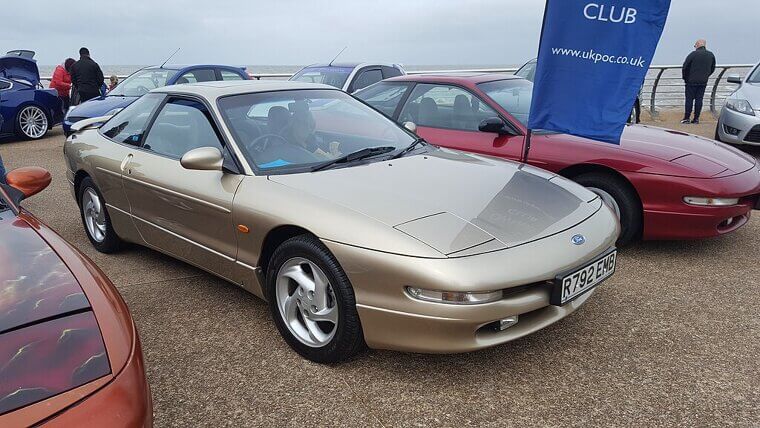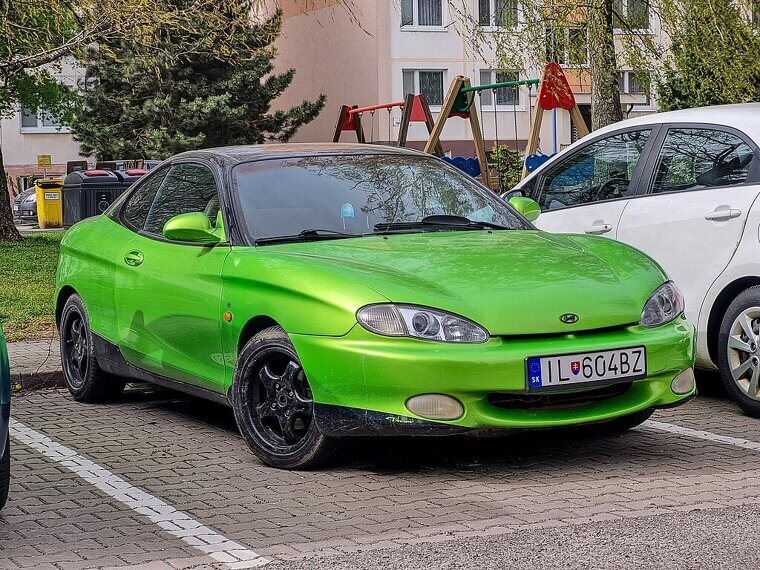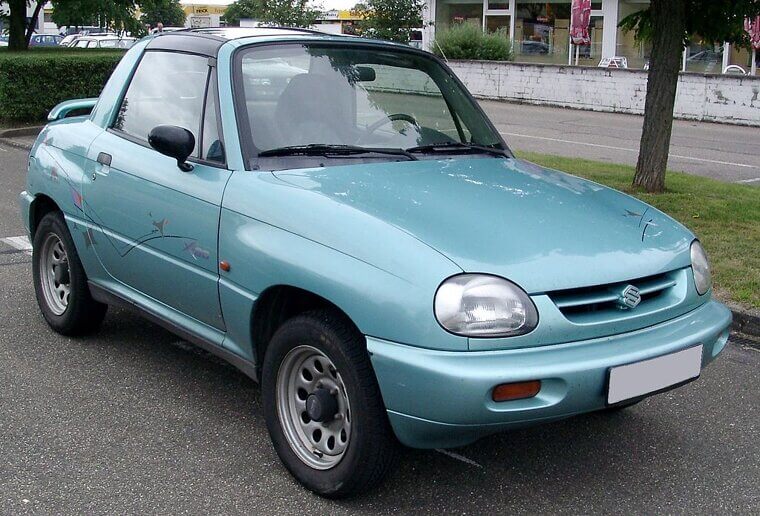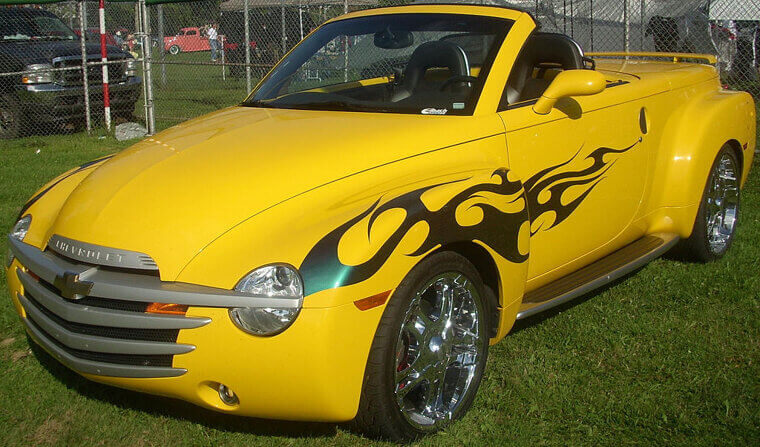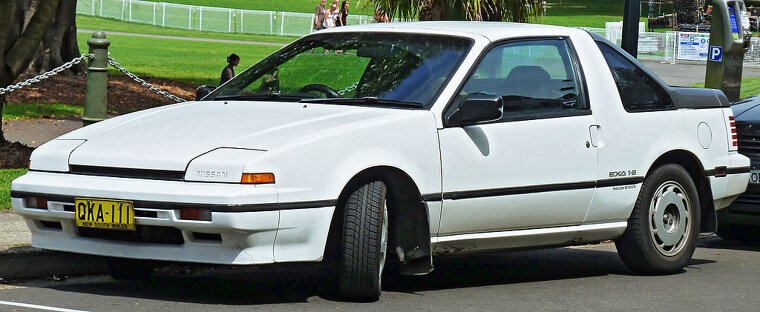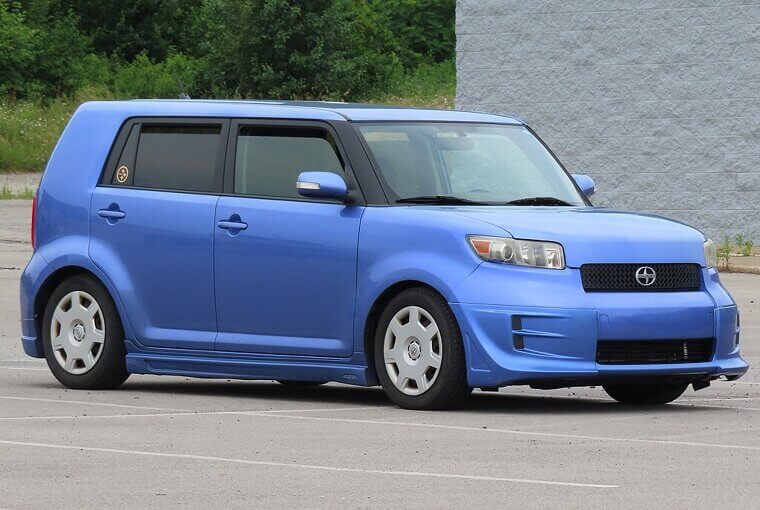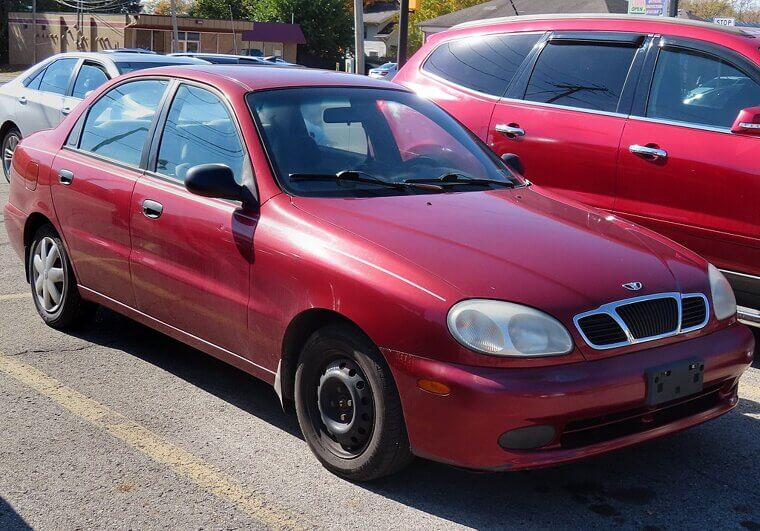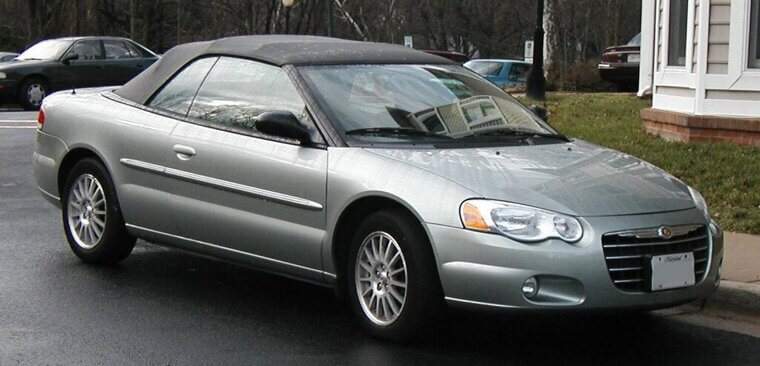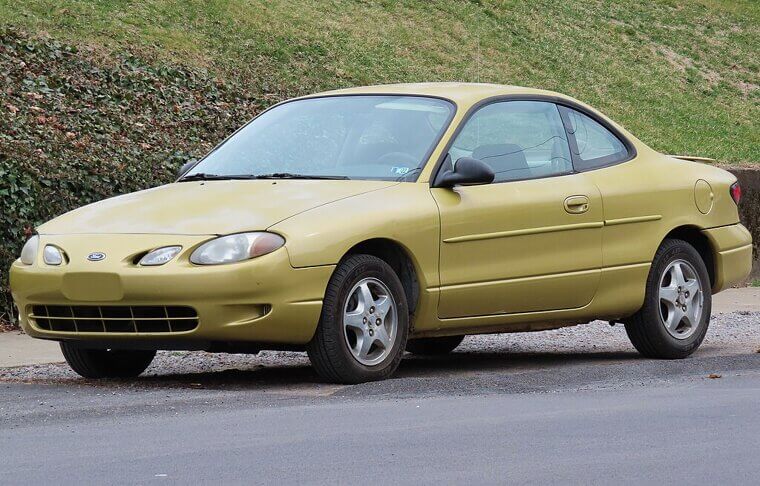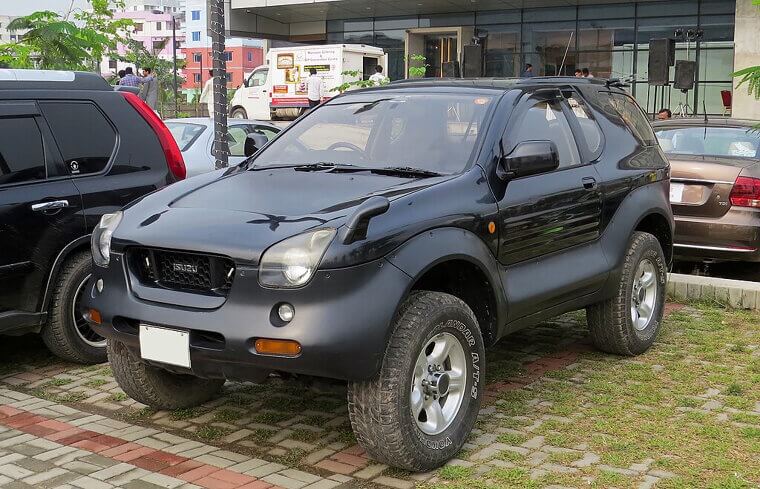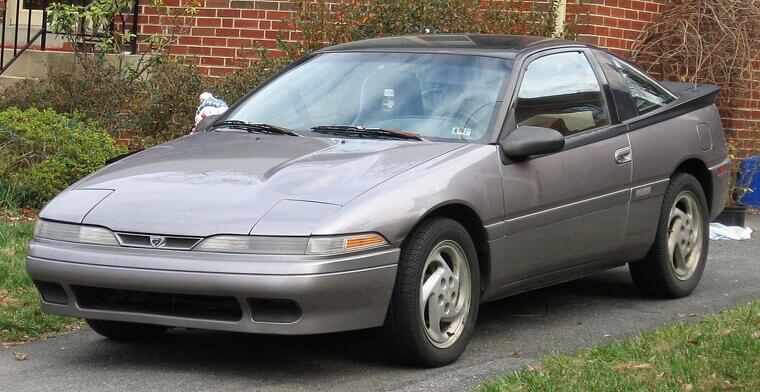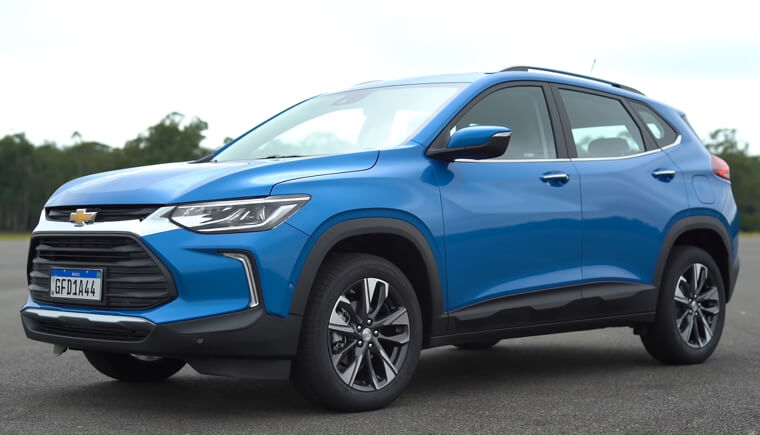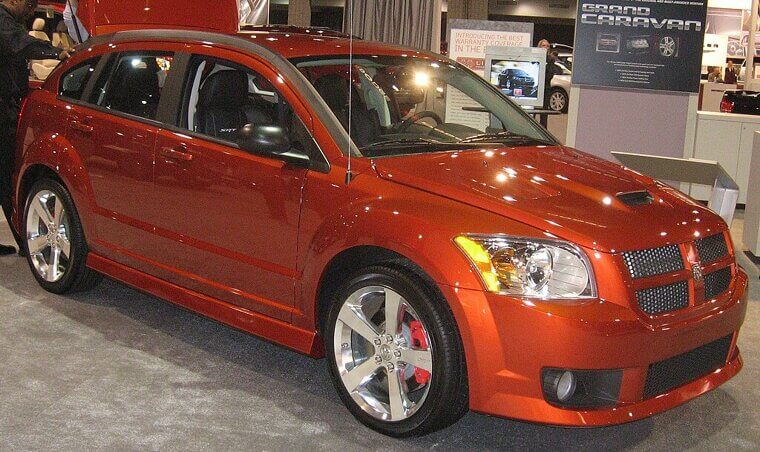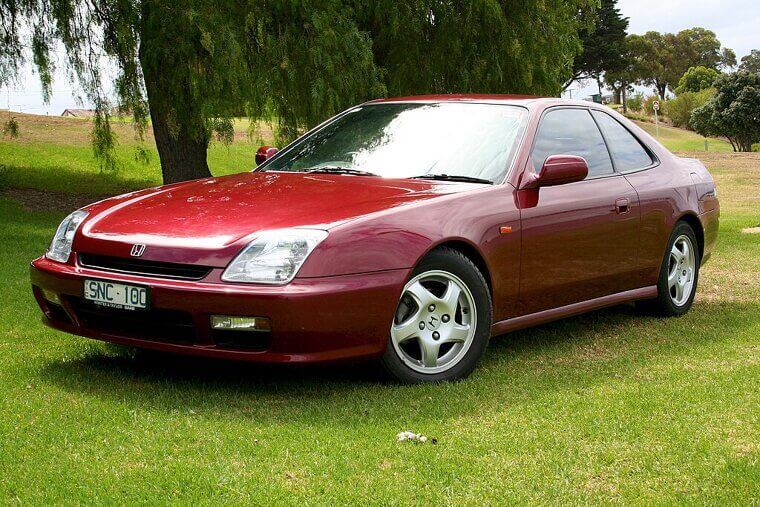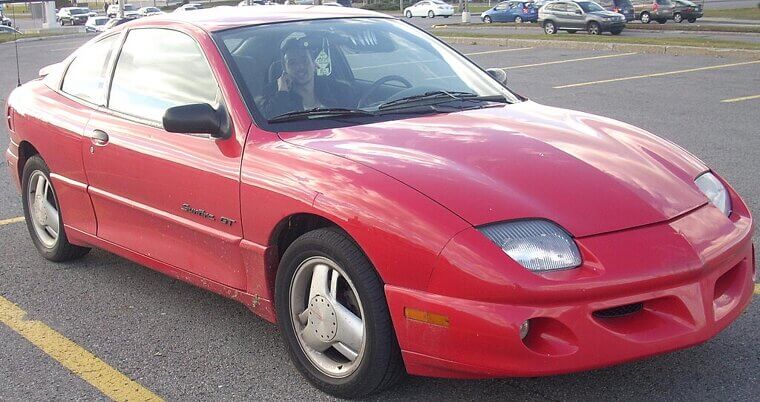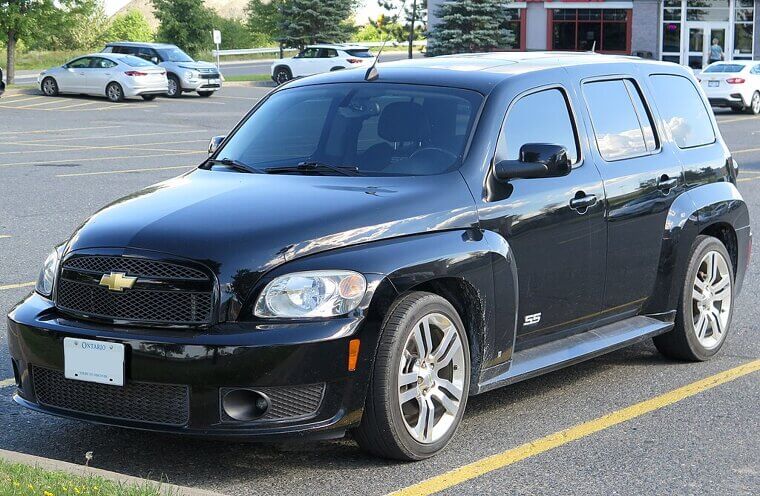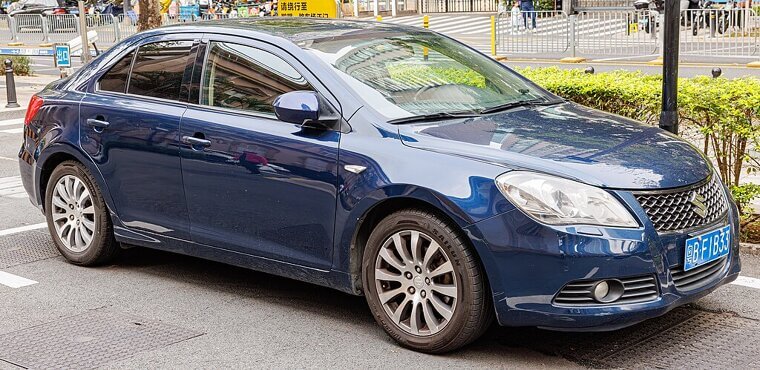These Cars Were Everywhere but Now They’re Nowhere
Some cars were once icons turning heads at every stoplight, but time, trends, and sometimes tragic redesigns have a way of dulling even the brightest legends. Here are a selection of vehicles that went from revered to ridiculed over the course of their lifetime.
Ford Thunderbird
The Thunderbird debuted as a sleek two-seater in the 1950s, a rival to the Corvette with style in spades. But over the years, it ballooned into a soft personal luxury coupe, eventually becoming a shadow of its former self. By the time the retro-styled 2002 reboot hit, it had lost its edge… and its cool factor.
Chevrolet Monte Carlo
Early Monte Carlos - especially the SS models of the ’80s - had street presence. As the name lingered in the 2000s, though, it became a bloated front-wheel-drive coupe aimed more at rental fleets than muscle fans. The legend was diluted, and the Monte faded without fanfare.
Mitsubishi Eclipse
The first two generations of the Eclipse were tuner favorites: light, turbocharged, and endlessly modifiable. Unfortunately the third and fourth gens grew heavy, lost their turbo edge, and took on an odd, bubbly look. By the end, the Eclipse had become fashion over function.
Pontiac Grand Prix
From its muscle car glory days in the ’60s to the sleek GTP models of the ’90s, the Grand Prix had serious cred, yet its final years saw uninspired design and ho-hum performance. Once a badge of sporty prestige, it fizzled out as a forgettable front-driver.
Dodge Charger (2006–present)
Yes, it’s powerful, but turning the legendary Charger into a four-door sedan incited purist outrage. While it’s gained a new kind of popularity (especially with police and street racers), many enthusiasts feel the original spirit was lost in translation - and in the extra doors!
Toyota Celica
Once a staple of the sport compact scene, the Toyota Celica had a long, proud history - especially with its rally-bred All-Trac Turbo variants. As the years rolled on, though, the Celica lost its edge. The final generation looked sharp while offering less performance than competitors, so the nameplate was retired without fanfare in 2006.
Nissan 300ZX (Z32)
In its day, the 300ZX Twin Turbo was a tech marvel and a true performance icon. That is, until its complexity and weight eventually worked against it, and cheaper, more reliable alternatives pushed it out of favor. Today, many have been neglected or modified beyond recognition, scarring its once-proud reputation.
Chevrolet Cavalier Z24
In the late ’80s and ’90s, the Z24 badge gave the otherwise bland Cavalier some visual punch and street cred among younger drivers. It should have been a winner, yet poor build quality, lackluster performance, and years of rental car stigma turned it into a punchline instead of a performance hero.
Plymouth Prowler
The Prowler had a radical hot-rod design and looked like nothing else on the road. Under the hood, though? There was a 3.5-liter V6 with no manual transmission option. Despite its bold appearance, it was more cruiser than bruiser, leaving enthusiasts frustrated and confused.
Honda CRX Del Sol
Following the beloved CRX, the del Sol tried to deliver sporty fun in a targa-topped package. It was a brave attempt that ultimately lacked the simplicity and charm of its predecessor. While it was still fun to drive, a quirky styling and heavier build made it less desirable, and it slowly lost its time in the sun.
Saturn Ion Red Line
Hyped as a compact performance contender in the mid-2000s, the Saturn Ion Red Line had a supercharged engine and a slick coupe shape. Sadly its awkward styling, a spartan interior, and stiff competition kept it from making waves. The Saturn brand’s eventual demise didn’t help its reputation either.
Volkswagen New Beetle Turbo S
The New Beetle Turbo S tried to blend retro charm with modern turbo power. While It was a fun drive, it never escaped its “cute car” label; the styling turned off many performance enthusiasts, and it quietly faded out without making an impression on the tuner community.
Acura Integra (2002–2006 RSX)
Meant to carry the torch from the beloved Integra, the RSX never fully captured the same magic. The Type-S had solid performance, yet a softened look and more upscale positioning made it feel less like a street fighter and more like a commuter in gym clothes.
Chrysler PT Cruiser GT
With a turbocharged engine borrowed from the Neon SRT-4, the PT Cruiser GT could actually move! On the other hand, its retro styling didn’t age well, so the car became more of a meme than a muscle machine. Its street cred took a hard hit and never bounced back.
Subaru Baja
The Baja was half pickup, half wagon, and all confusion. Quirky styling and limited utility kept it from catching on. It does have a cult following now, but back in the day, it didn’t earn much respect on the street. It was more of a curiosity than a contender.
Dodge Neon SRT-4
Without a doubt, the Neon SRT-4 was fast. It surprised everyone with its turbocharged punch and track-ready suspension! However, its economy-car roots and plastic-heavy interior kept it from aging well, and today, many have been modded to death or driven into the ground. Its once-shocking performance couldn’t quite save its fading reputation.
Pontiac Fiero
The Fiero was GM’s bold attempt at a small, mid-engined sports car, but early models were plagued with quality issues and underwhelming performance. Though the later GT versions showed real promise, the damage was done; what could’ve been a classic became a cautionary tale.
Toyota MR2 Spyder (2000–2007)
Lightweight and rear-wheel-drive, the MR2 Spyder had the ingredients for greatness. But awkward styling and a reputation for engine issues hurt its appeal. While it’s still a great car for enthusiasts, its street cred never quite matched its potential.
Ford Probe
Initially designed to replace the Mustang (yikes), the entertaingly-named Probe was a competent sport coupe with Mazda DNA. Neither camp ever truly embraced it, though - Mustang fans rejected it, and import fans preferred true JDM alternatives, so it never quite found its place.
Hyundai Tiburon
The Tiburon had sharp looks and a tuner vibe, especially in GT trim. Its downsides included its front-wheel-drive layout, modest performance, and plasticky interior, which kept it from climbing beyond budget-sporty status. It looked fast standing still; in motion, it didn’t always feel that way.
Suzuki X-90
This two-door SUV with a T-top was just… weird. A spiritual successor to nothing, the X-90 was part car, part off-roader, and part fashion statement - none of which aged gracefully. Its street cred was in short supply from the start, and it only got worse with time.
Chevy SSR
A retro convertible truck with a big V8 sounds fun on paper, but the SSR was too heavy, too expensive, and too niche to ever gain real traction. It tried to be everything at once and ended up being nothing but a curiosity rather than a legend.
Nissan Pulsar NX
The Pulsar NX’s futuristic, modular design let owners swap between hatch and sportback. But its performance was lackluster though, and the styling didn’t age well. It’s remembered more for its gimmick than its greatness, so its street cred bottomed out.
Scion XB (second Generation)
The first-gen xB was quirky-cool, but the second-gen model lost the charm. It got bulkier and blander, so with that, any reputation it could have had evaporated. It went from a cult car to a forgettable commuter almost overnight.
Daewoo Lanos
Okay, so it was never iconic, but Daewoo tried to market the Lanos with a youthful, energetic flair. Instead, it quickly became synonymous with “cheap” and “disposable.” Thus, any hopes of street cred vanished the moment it hit American roads.
Chrysler Sebring Convertible
Once a popular rental option and beach cruiser, the Sebring Convertible was never particularly fast or refined, but it got a lot of attention for its top-down charm. Unfortunately, quality issues and a reputation for mediocrity turned it into a symbol of “meh” motoring. Today, it’s rarely mentioned without a sigh.
Ford Escort ZX2
The ZX2 was Ford’s attempt at making the humble Escort look sporty. It had decent handling and was marketed to younger drivers, but it never really connected. As the import tuner scene exploded, the ZX2 fell into obscurity - now it’s more relic than rebel.
Isuzu VehiCROSS
Bold and bizarre, the VehiCROSS was an off-road-capable oddball with futuristic styling and limited production numbers. It had fans, but it never reached icon status. Today, it’s appreciated for its weirdness… though its street credibility is never mentioned.
Eagle Talon
The Eagle Talon - especially in its AWD turbo guise - was a beast in the ’90s tuner scene. However, when the Eagle brand disappeared, the Talon lost its edge; not even its shared DNA with the Eclipse and Laser could help it survive its badge’s demise.
Geo Tracker
The Tracker was a mini SUV before the crossover craze took over. It was fun, boxy, and had some off-road chops, but it was also cheap and tinny. As bigger, more capable SUVs entered the scene, the Tracker’s cool faded fast.
Dodge Caliber SRT4
A spiritual successor to the Neon SRT-4, the Caliber SRT4 offered serious horsepower… that was tragically wrapped in a bulbous, awkward body. It had potential but lacked polish, so while the performance was there, the street cred wasn’t.
Honda Prelude (fifth Generation)
The Prelude had a long history of sportiness and style, but by its fifth generation, the design felt bulky, and competition was fierce. It didn’t help that Honda seemed to lose interest in promoting it. Once a star, it fell off center stage.
Pontiac Sunfire GT
The Sunfire GT tried to be a sportier version of a basic compact, yet poor build quality, dated design, and anemic performance sank it hard. It had the badge but not the bite, and it’s rarely remembered fondly today.
Chevrolet HHR SS
The HHR SS was surprisingly quick thanks to its turbocharged engine, but the retro-panel styling confused buyers. It was a niche machine with limited appeal, and its oddball image kept it from ever reaching icon status.
Suzuki Kizashi
Suzuki’s final shot at a sporty sedan, the Kizashi had European handling and solid features. But with almost no brand recognition and zero marketing punch, it vanished without making a splash. It deserved better; unfortunately, its street cred never showed up.


